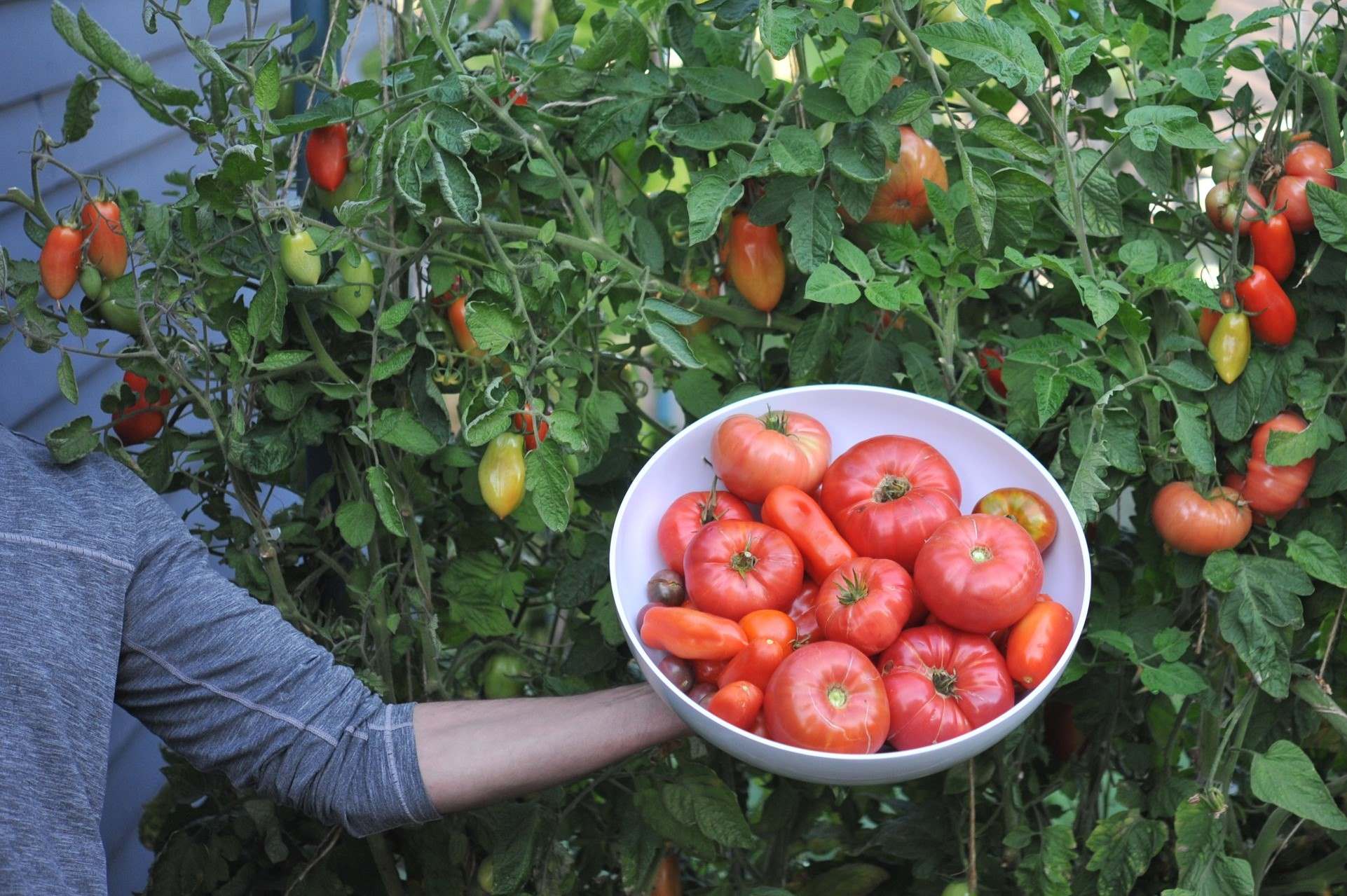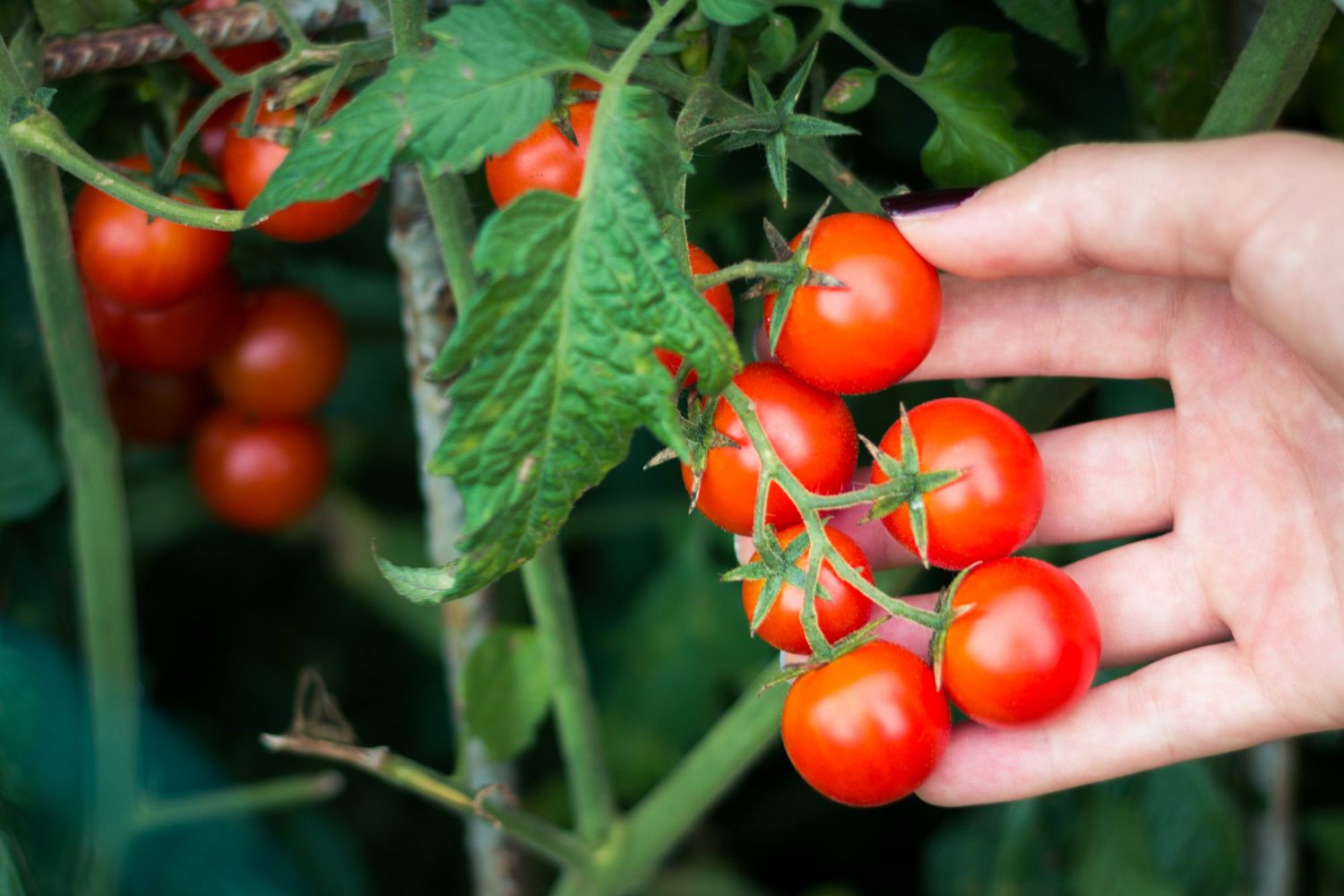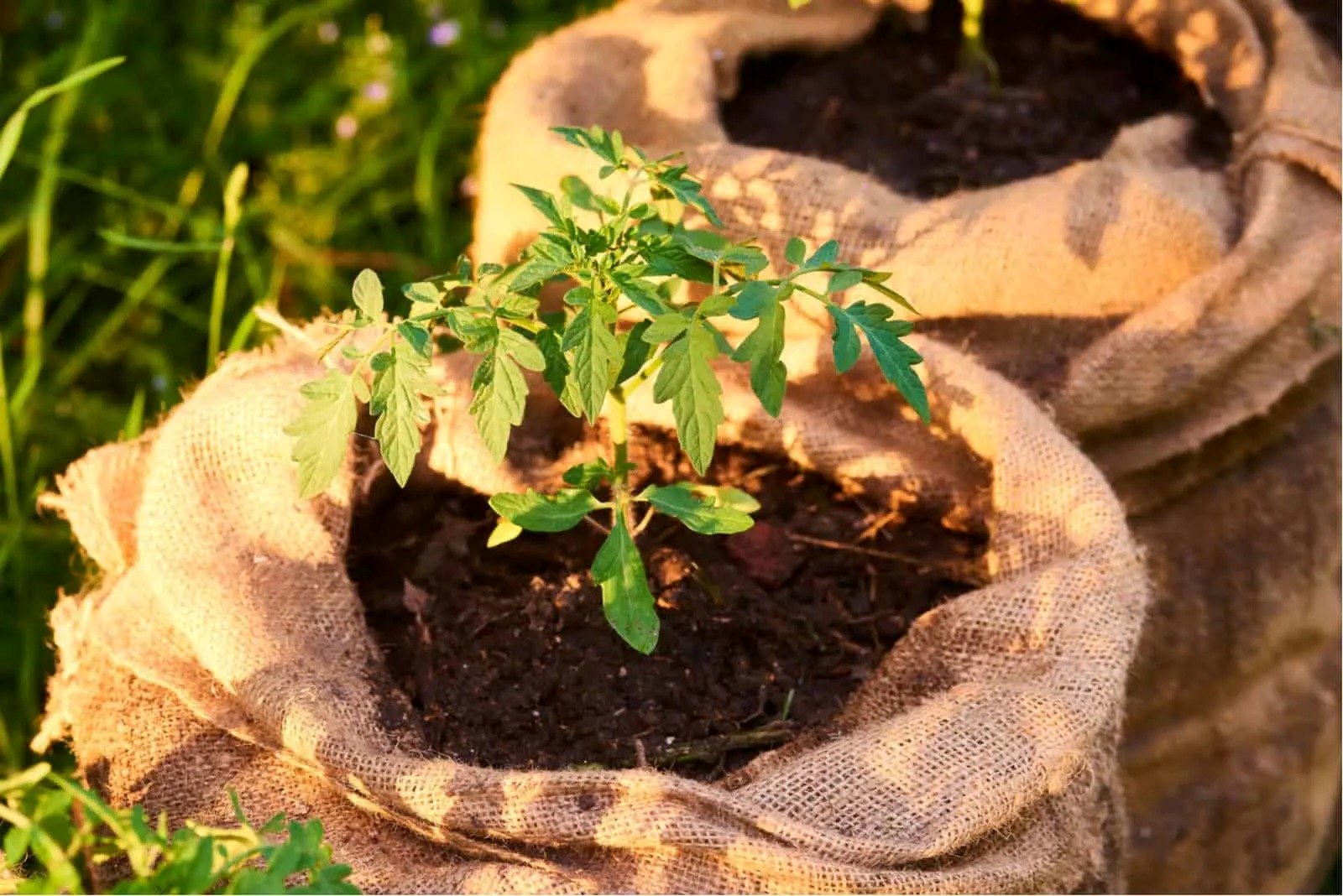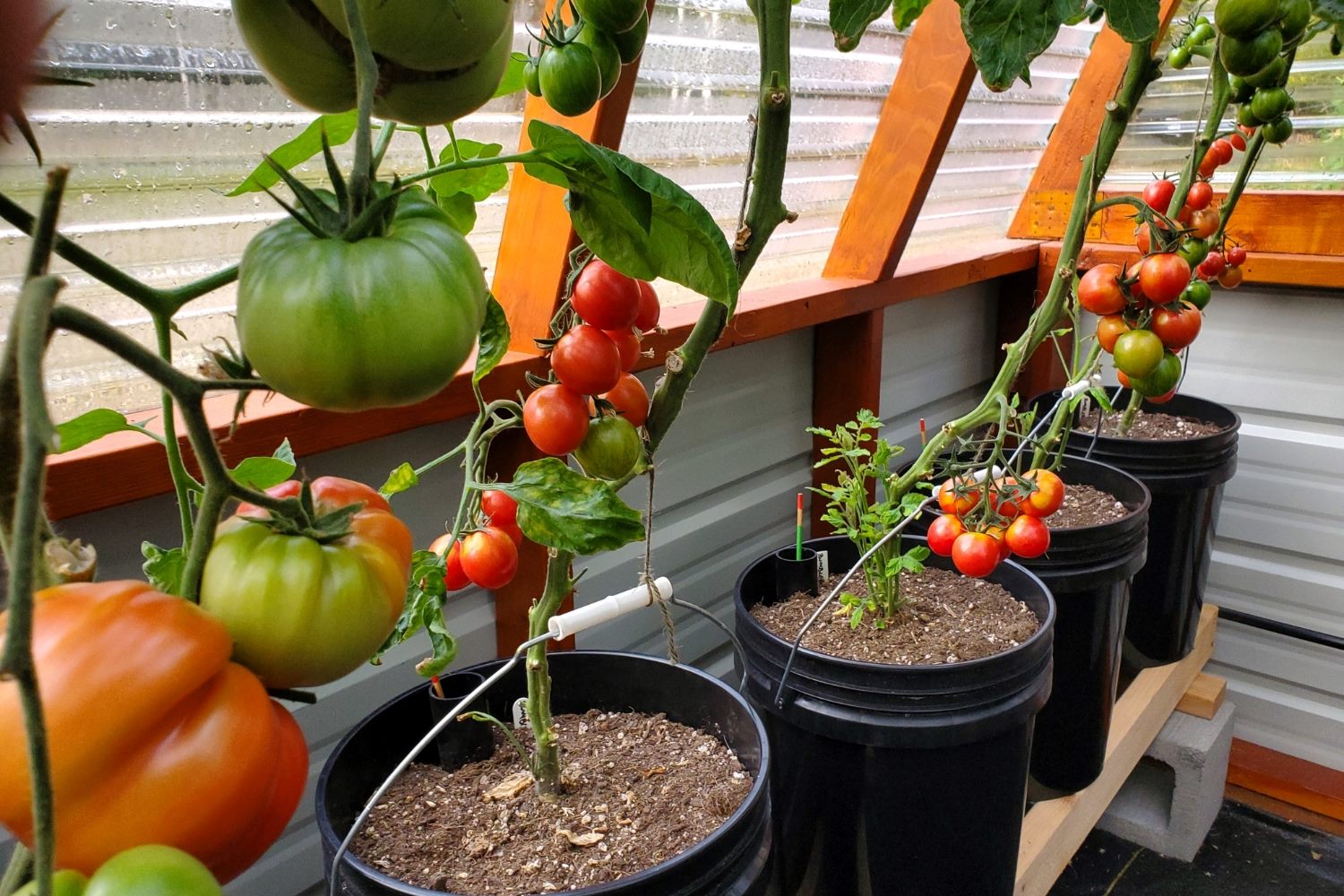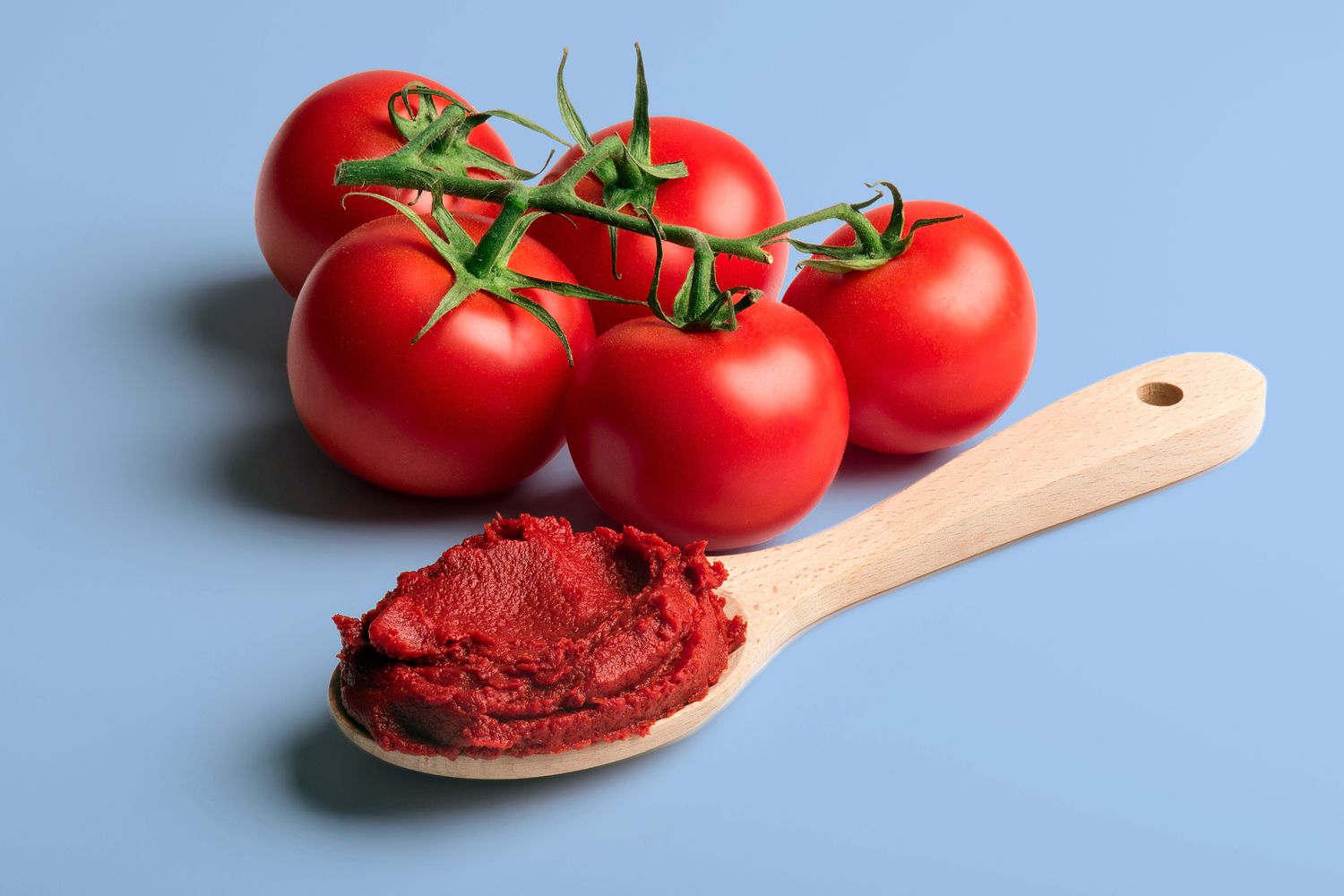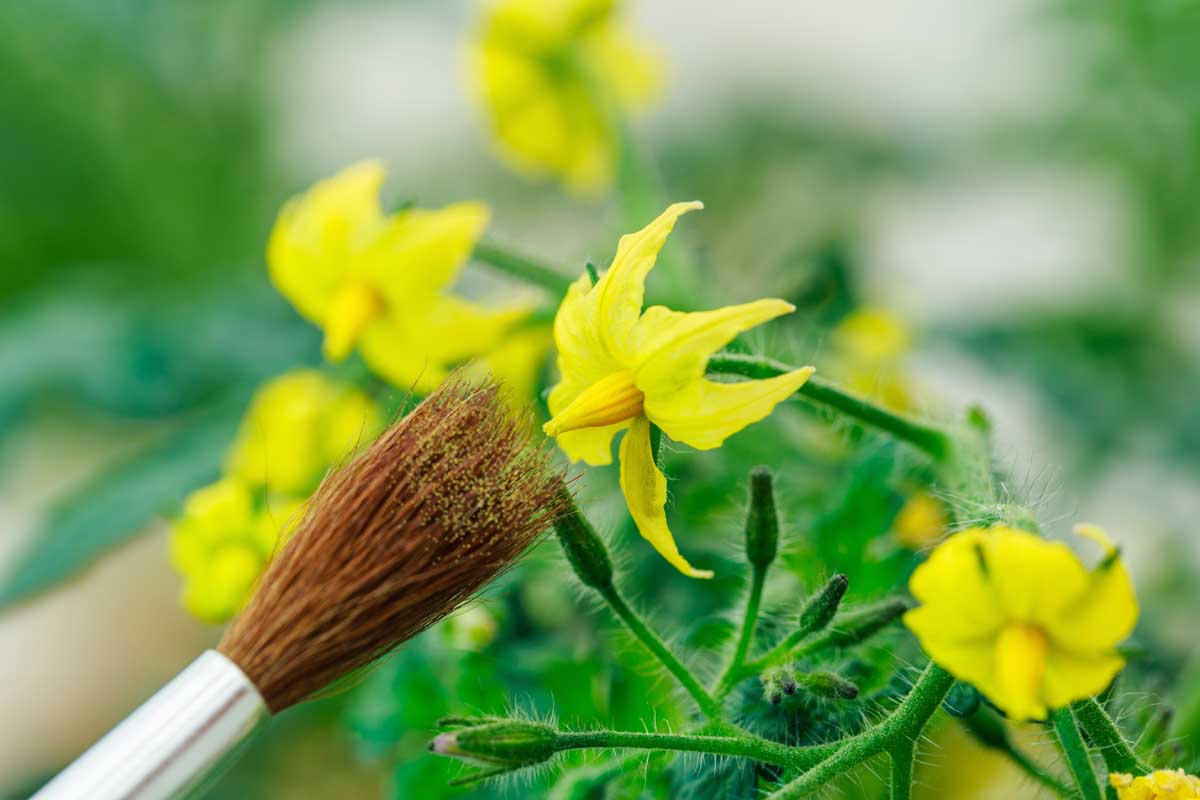Home>Home and Garden>How To Ripen Green Tomatoes
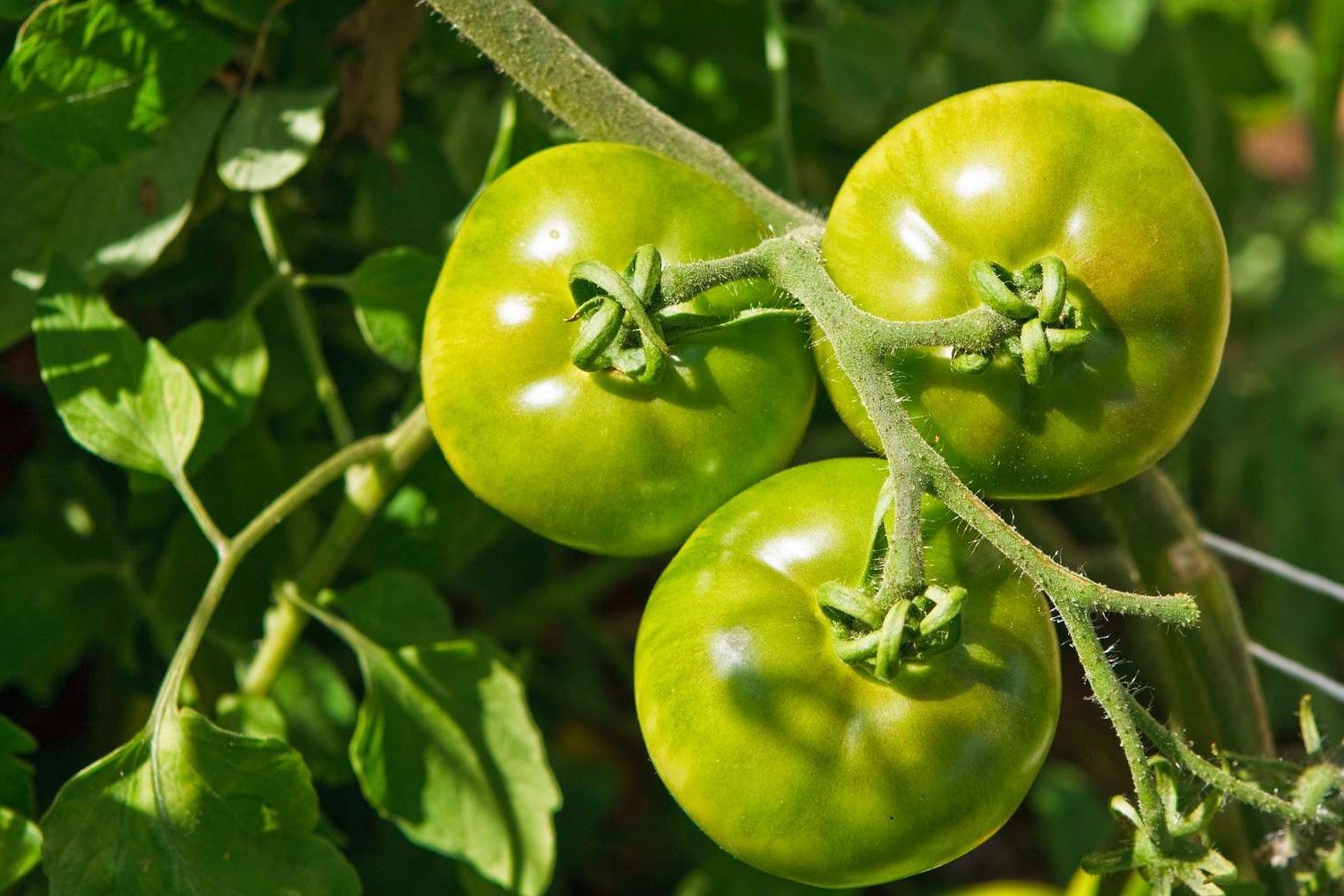

Home and Garden
How To Ripen Green Tomatoes
Published: March 5, 2024
Learn the best methods for ripening green tomatoes at home and enjoy delicious, ripe tomatoes from your garden. Discover simple tips for ripening tomatoes indoors and in the garden.
(Many of the links in this article redirect to a specific reviewed product. Your purchase of these products through affiliate links helps to generate commission for Noodls.com, at no extra cost. Learn more)
Table of Contents
Introduction
Green tomatoes are a common sight at the end of the gardening season. While they may not have reached their full ripeness on the vine, there are several methods to ripen them indoors. Whether you've harvested your tomatoes before the first frost or you simply have an abundance of green tomatoes, knowing how to ripen them properly can ensure that you can enjoy the full flavor of vine-ripened tomatoes.
Ripening green tomatoes is a process that requires a bit of patience and understanding of the fruit's natural ripening cycle. By employing the right techniques, you can coax these green gems into developing the sweet, juicy flavor that ripe tomatoes are known for. In this article, we will explore the science behind the ripening process, various methods for ripening green tomatoes, and tips for storing ripe tomatoes once they have reached their peak flavor.
Whether you're a seasoned gardener or someone who simply loves the taste of fresh tomatoes, learning how to ripen green tomatoes can be a rewarding experience. It allows you to make the most of your harvest and enjoy the fruits of your labor well beyond the typical growing season. So, let's delve into the fascinating world of tomato ripening and discover the best ways to transform those green tomatoes into delicious, ripe treasures.
Read more: How To Ripen Cantaloupe
Understanding the ripening process
The ripening of tomatoes is a complex and fascinating natural process that involves a series of biochemical changes within the fruit. Understanding this process is crucial for effectively ripening green tomatoes. Tomatoes, whether green or ripe, undergo ripening through a natural plant hormone called ethylene. Ethylene is responsible for initiating and coordinating the ripening process in various fruits, including tomatoes.
When tomatoes are still on the vine, they receive nutrients and energy from the plant to support their growth. As the tomatoes mature, they begin to produce their own ethylene, signaling the start of the ripening process. This hormone acts as a messenger, triggering a cascade of biochemical reactions that lead to the transformation of the fruit's flavor, texture, and color.
One of the key changes that occur during ripening is the conversion of starches into sugars. Green tomatoes are high in starch and low in sugars, resulting in their characteristic tartness and firm texture. As the ripening process progresses, enzymes within the fruit break down these starches into simpler sugars, such as glucose and fructose. This breakdown of starches is accompanied by a decrease in acidity, leading to the sweet and tangy flavor associated with ripe tomatoes.
In addition to changes in sugar content, ripening tomatoes also undergo alterations in pigments. The green color of unripe tomatoes is due to the presence of chlorophyll, the pigment responsible for photosynthesis. As the fruit ripens, chlorophyll breaks down, allowing other pigments, such as carotenoids, to become more prominent. These pigments give ripe tomatoes their characteristic red, orange, or yellow hues, depending on the variety.
Furthermore, the texture of the fruit changes during ripening. Green tomatoes are firm and have a dense texture, while ripe tomatoes become softer and juicier. This transformation is attributed to the breakdown of cell walls and the degradation of pectin, a substance that contributes to the firmness of the fruit.
Understanding the ripening process provides valuable insights into the physiological changes that occur within green tomatoes as they transition to ripeness. By comprehending the underlying mechanisms of ripening, we can employ specific methods to facilitate and optimize the ripening of green tomatoes, ensuring that they reach their full flavor potential.
Methods for ripening green tomatoes
There are several effective methods for ripening green tomatoes, allowing you to enjoy the full flavor and nutritional benefits of ripe tomatoes. Whether you have harvested unripe tomatoes from your garden or have acquired green tomatoes from other sources, these methods can help expedite the ripening process and ensure that you can savor delicious, homegrown tomatoes.
1. Indoor ripening:
- Paper bag method: Place green tomatoes in a paper bag along with a ripe banana or apple. These fruits release ethylene gas, which accelerates the ripening of tomatoes. Close the bag loosely to allow air circulation and check the tomatoes daily for ripeness.
- Ripening on the counter: Arrange green tomatoes in a single layer on a countertop or table, ensuring that they are not overcrowded. Keep them at room temperature, away from direct sunlight. Periodically check for ripeness and rotate the tomatoes to promote even ripening.
2. Utilizing ethylene sources:
- Ethylene-emitting fruits: Placing ripe fruits such as bananas, apples, or kiwis alongside green tomatoes can expedite the ripening process due to the ethylene gas they produce. This method is particularly effective when using a sealed container or airtight bag to concentrate the ethylene around the tomatoes.
- Ripening with a ripe tomato: If you have a ripe tomato on hand, placing it in close proximity to green tomatoes can facilitate the release of ethylene, hastening the ripening of the green fruits.
Read more: How To Dice A Tomato
3. Controlled environment:
- Warm, dark location: Creating a warm and dark environment can encourage the ripening of green tomatoes. Place the tomatoes in a cardboard box or a shallow container and store them in a consistently warm area, such as a pantry or cupboard. Check the tomatoes regularly to monitor their progress.
4. Paper wrap method:
- Individually wrapping tomatoes: Gently wrap each green tomato in a sheet of newspaper or paper towel. This method helps contain the ethylene gas produced by the tomatoes, promoting their ripening. Place the wrapped tomatoes in a breathable container and inspect them periodically for ripeness.
By employing these methods, you can effectively ripen green tomatoes and enjoy the delightful taste and nutritional benefits of ripe, homegrown tomatoes. Experiment with these techniques to find the approach that best suits your preferences and available resources, ensuring that no green tomato goes to waste.
Storing ripe tomatoes
Once your green tomatoes have successfully ripened, it's essential to store them properly to maintain their flavor, texture, and nutritional quality. Proper storage not only prolongs the shelf life of ripe tomatoes but also ensures that they remain delicious and versatile for use in various culinary applications.
1. Room temperature storage:
Ripe tomatoes can be stored at room temperature, preferably in a cool, well-ventilated area away from direct sunlight. A countertop or shelf in the kitchen is an ideal spot for short-term storage. Ensure that the tomatoes are not stacked on top of each other, as this can lead to bruising and accelerated spoilage.
Read more: How To Cut Green Onions
2. Refrigeration considerations:
While ripe tomatoes are often associated with refrigeration, it's important to exercise caution when storing them in the refrigerator. Refrigeration can alter the texture and flavor of tomatoes, potentially diminishing their taste and aroma. However, if you live in a warm climate or the tomatoes are overly ripe, placing them in the refrigerator can help extend their shelf life. Keep in mind that refrigerated tomatoes may have a slightly different texture when compared to those stored at room temperature.
3. Proper handling:
When handling ripe tomatoes, it's crucial to treat them with care to prevent bruising and damage. Avoid stacking or piling tomatoes on top of each other, as this can lead to pressure points that cause bruising. Instead, arrange the tomatoes in a single layer to allow air circulation and minimize the risk of spoilage.
4. Storage duration:
Ripe tomatoes stored at room temperature can remain fresh for several days, depending on their initial ripeness and environmental conditions. In contrast, refrigerated tomatoes may last longer but could experience changes in texture. Regularly inspect the tomatoes for signs of overripening or spoilage, and prioritize their use in recipes to make the most of their peak flavor.
5. Culinary applications:
Ripe tomatoes are incredibly versatile and can be used in a wide range of culinary creations. From fresh salads and salsas to savory sauces and soups, ripe tomatoes add a burst of vibrant flavor to countless dishes. Consider incorporating them into your favorite recipes or experimenting with new culinary creations to fully appreciate the deliciousness of homegrown, ripe tomatoes.
By following these storage guidelines, you can ensure that your ripe tomatoes remain fresh, flavorful, and ready to elevate your culinary endeavors. Whether you plan to enjoy them in a refreshing Caprese salad or simmer them into a rich marinara sauce, properly stored ripe tomatoes are a valuable addition to any kitchen.
Remember, the journey from green to ripe tomatoes is a rewarding one, and with proper storage, you can savor the fruits of your labor for an extended period, relishing the delectable taste of homegrown, ripe tomatoes.
Read more: How To Wash Collard Greens
Conclusion
In conclusion, the process of ripening green tomatoes is a captivating journey that allows individuals to witness the remarkable transformation of firm, tart fruits into succulent, sweet treasures. By understanding the natural ripening process and employing effective methods, anyone can savor the full flavor and nutritional benefits of ripe tomatoes, even if they were initially harvested while still green.
The methods for ripening green tomatoes, such as utilizing ethylene sources, creating a controlled environment, and employing the paper bag or paper wrap methods, provide practical and accessible approaches for expediting the ripening process. These techniques empower individuals to make the most of their harvest and minimize waste, ensuring that every green tomato has the opportunity to reach its full ripeness and flavor potential.
Furthermore, the proper storage of ripe tomatoes is essential for preserving their quality and versatility. Whether stored at room temperature or in the refrigerator, ripe tomatoes can enhance a wide array of culinary creations, from vibrant salads to hearty sauces. By handling and storing ripe tomatoes with care, individuals can extend their enjoyment of these flavorful fruits and elevate their culinary experiences.
The journey from green to ripe tomatoes is not only a testament to the resilience and adaptability of nature but also a celebration of the rewards that come from patience and knowledge. Whether grown in a backyard garden, purchased from a local market, or shared by a friend, green tomatoes hold the promise of becoming delectable, ripe gems that enrich our meals and bring joy to our taste buds.
As we embrace the art of ripening green tomatoes, we embark on a flavorful adventure that connects us to the natural rhythms of growth and transformation. With each ripe tomato that graces our tables, we are reminded of the abundance and generosity of the natural world, offering us a bounty of flavors and experiences to savor and share.
In essence, the journey from green to ripe tomatoes is a testament to the beauty of nature's processes and the joy of savoring the fruits of our labor. It is a journey that invites us to appreciate the simple yet profound pleasures found in the ripening of a humble green tomato into a luscious, ripe delight.
